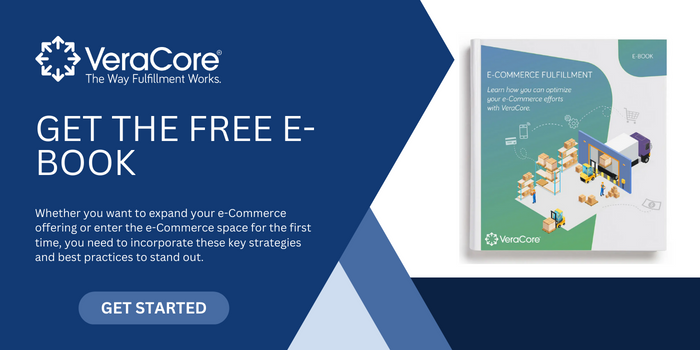In the competitive landscape of third-party logistics, it helps to have an edge offering your clients relief from rising shipping costs. Here we look at the importance of lower shipping rates, how they help 3PLs stay competitive, and share tips to reduce rates and improve customer satisfaction.
Why Lower Shipping Rates Matter
You and your clients can save on shipping costs when you leverage discounted shipping services. This allows both you and your clients to reduce the cost per order to increase profit margins while providing consistent customer experiences to increase average customer life value. You also create a competitive edge for your 3PL, which can be further enhanced by adopting the following shipping best practices:
Diligence in Claiming Refunds
As a logistics provider, you should diligently claim all applicable shipping refunds. This is a make-work practice for clients but a value-added service for 3PLs. Tracking issues and requesting credits for things such as failed and late delivery, overcharges, and weight discrepancies can add up to savings for your customers. In addition, most carriers have 15 days to claim refunds, so using an integrated warehouse management system can often help expedite the process.
Reduce Costly Packing
Source cost-effective, eco-friendly packing options when shipping fragile products. Also, have a grading system that identifies what packing is necessary for each product category. Finally, buy your packing materials in bulk to pass on the savings to your clients, and ensure you have the most minimalist yet professional and appealing packaging methods. This approach improves brand image, demonstrates you are an eco-conscious provider and reduces weight and costs.
Leverage Parcel Delivery Insurance
Parcel delivery insurance is more affordable for 3PLs. Look into the cost of delivery insurance and tack it on as a value-added service to reduce the high fees applied by carriers. With insurance, you protect the goods while lowering costs.
Avoid “Dimensional Weight” Shipment Fees
If your clients have larger, lightweight items, look for carriers that haven’t adopted dimensional weight pricing. This pricing method came about when carriers realized they lose money on large, light items. They make more money by charging a dimensional weight, placing an unfair burden on your clients. In some cases, using carrier packaging can also avoid dimensional fees.
Insist on Carrier Shipping Cost Transparency
Look for possible savings by insisting on transparency from carriers when reviewing shipping costs. How you incur charges can impact your ability to become more price competitive. Review and compare the robust list of special charges to make an informed decision to avoid absorbing unnecessary costs.
Offer Reduced Zone Shipping
If your 3PL has multiple fulfillment centers, use this as a cost-saving selling point. Your locations allow customers to avoid crossing multiple shipping zones that add up the costs of each shipment. Instead, you can route orders to the closest fulfillment center, saving money on each order. You also avoid issues such as a snowstorm in northern areas delaying delivery to sunnier climes in the south.
Carrier Negotiation
Your customers often underestimate their negotiating power, assuming this is something only extremely high-volume warehouses can do. However, this isn’t the case. As a 3PL, you can use your shipping demand to negotiate volume discounts. You should also consider a multi-carrier strategy and the benefits of rate shopping.
Balance the Pros and Cons of a Multi-Carrier Strategy
Even large global carriers can encounter issues. While having a single carrier can often find you better rates, a multi-carrier strategy mitigates risk if something happens with your primary carrier. Also, you can leverage negotiations differently, pitting one carrier against the other. While it doesn’t work in all scenarios, it’s worth exploring to see where you might a) improve your overall delivery capabilities, b) find the best delivery option based on specific needs, and c) find the best pricing.
Practice Effective Rate Shopping
Although this is a more time-consuming process, rate shopping allows you to always get the best price by comparing pricing using various carrier accounts. However, this takes time. You can make this easy by using an automated warehouse system. The software assesses the order’s weight, dimensions, and destination and finds your clients the most cost-effective carrier and service.
Lower shipping rates help 3PLs stay competitive while improving profit margins. In hand with shipping best practices, rate shopping using a warehouse management system will always find the best price regardless of volume, location, or weight. As a result, both you and your clients save time and money and improve customer experience.


VeraCore is SaaS order and warehouse management software trusted by top fulfillment companies and 3PLs. Affordable, flexible, easy to use; VeraCore is everything you need to keep clients happy and run a lean operation.
With VeraCore, you can grow your business and handle any challenge with ease. Rules-based automation enables you to control all aspects of your warehouse operation and satisfy each of your clients’ unique requirements.
Hundreds of fulfillment service providers and 10,000+ fulfillment clients place VeraCore at the “core” of their business to get the job done right, for over 40 years.


